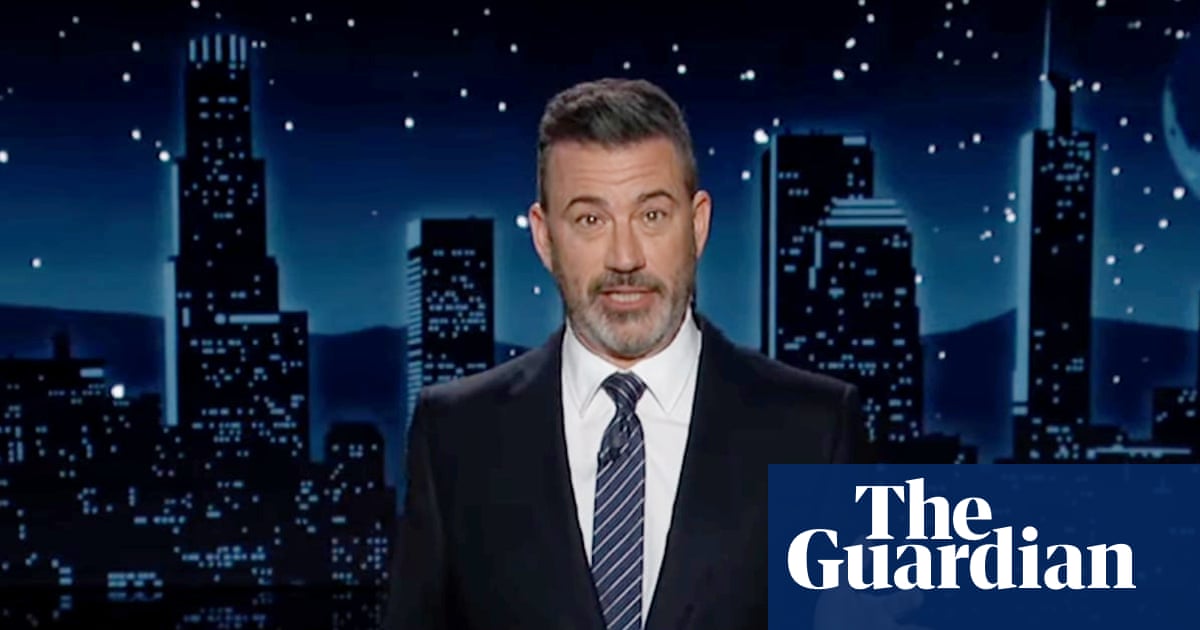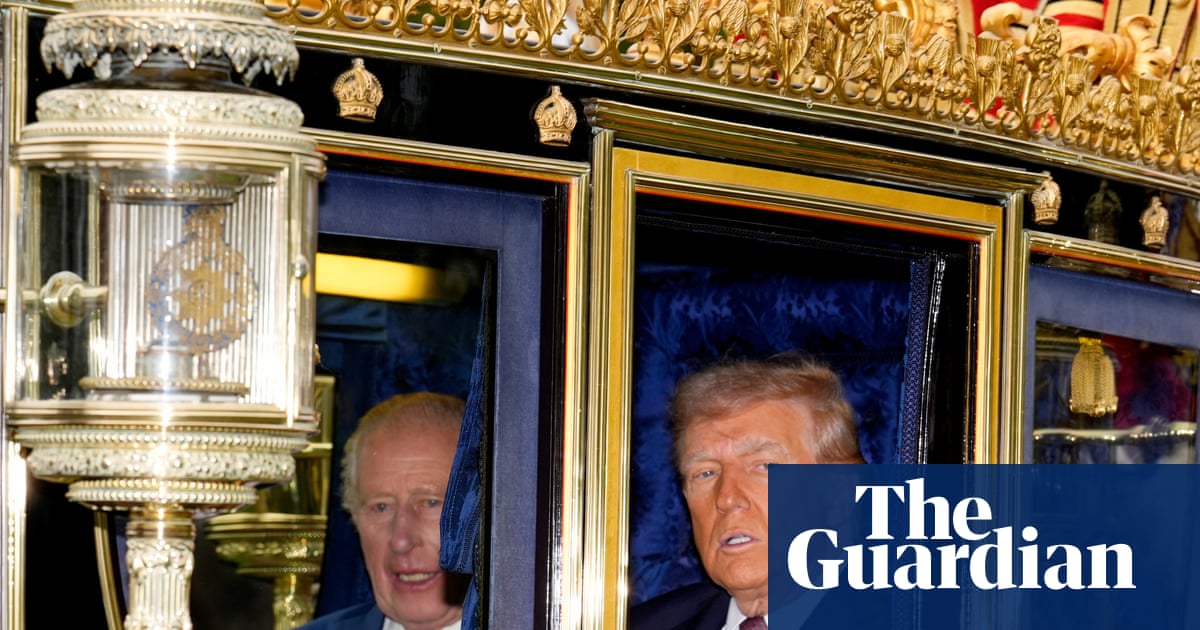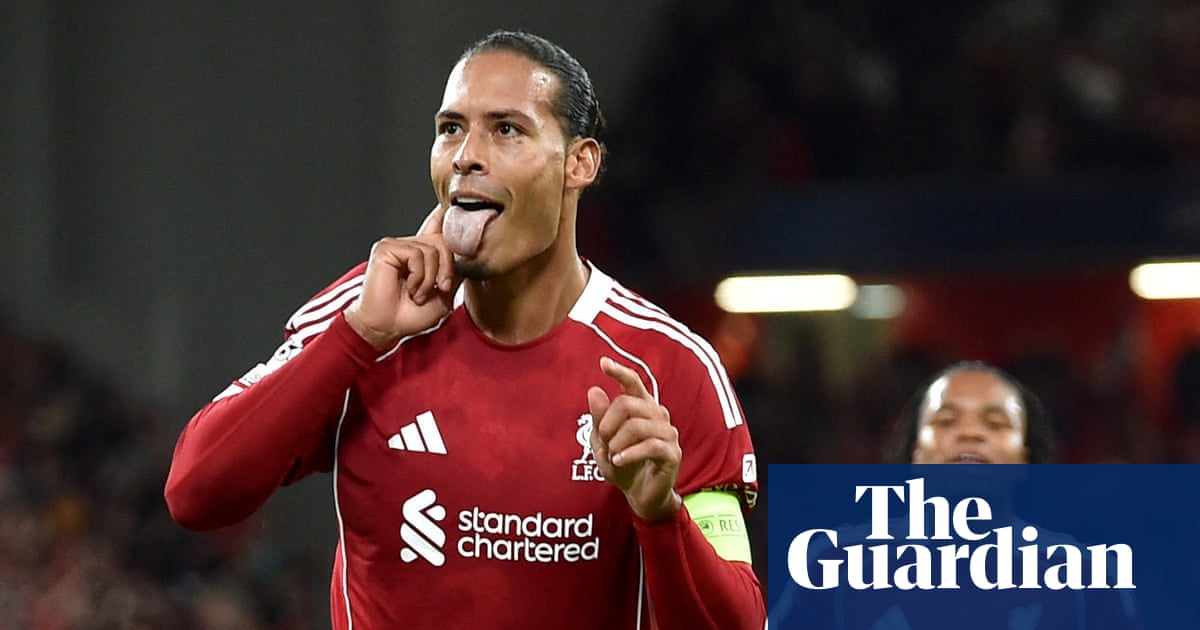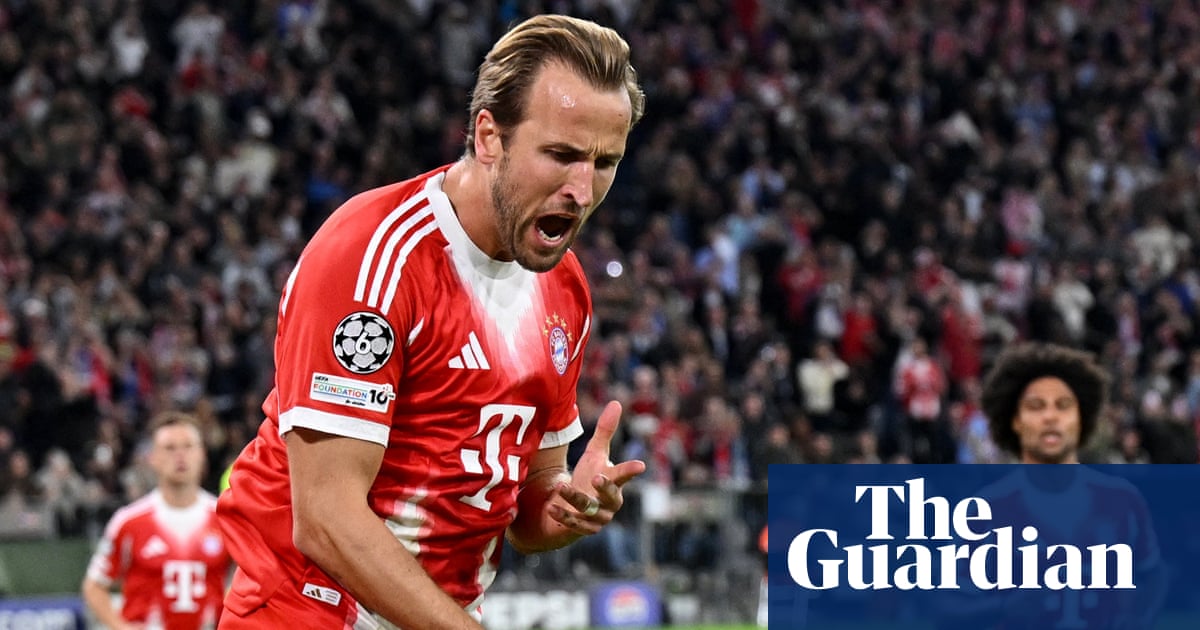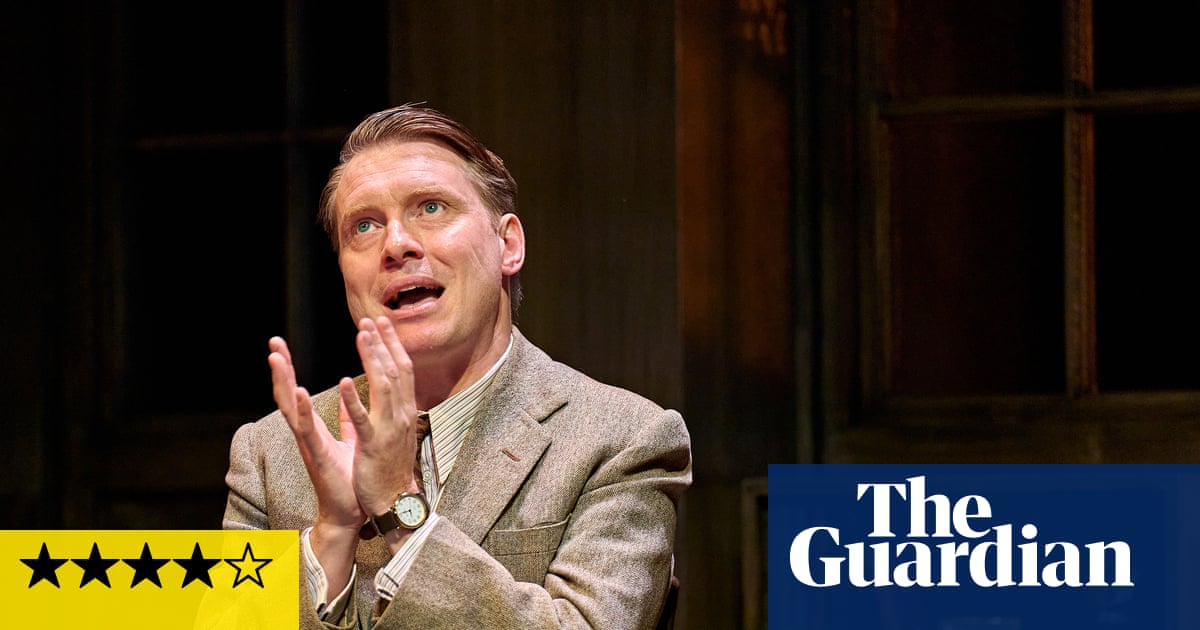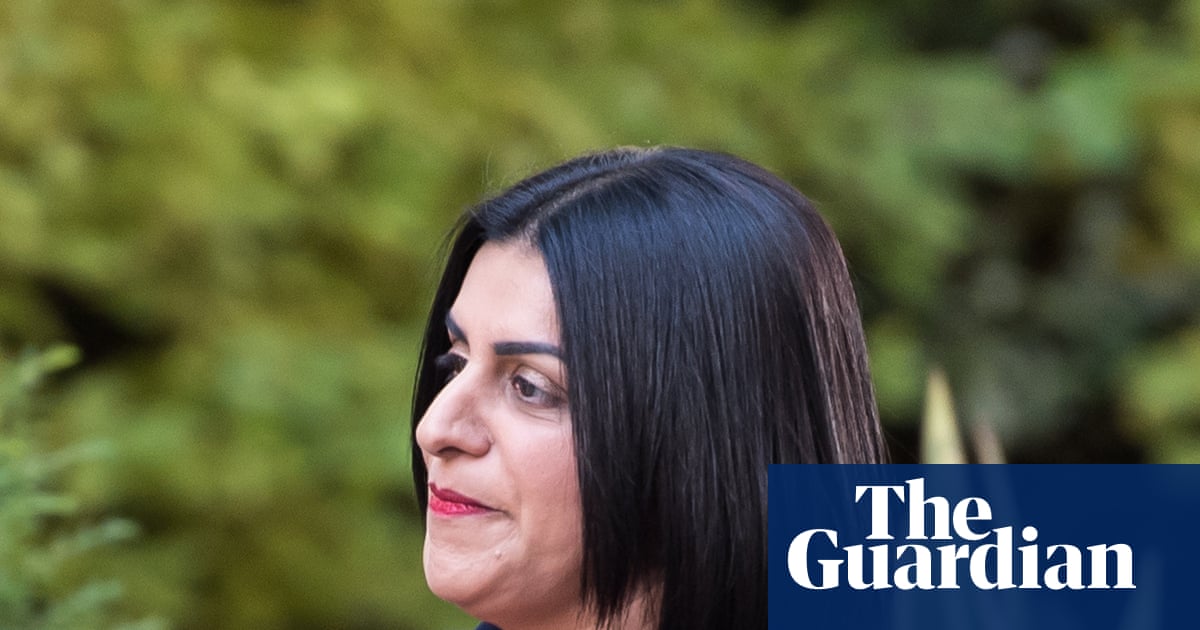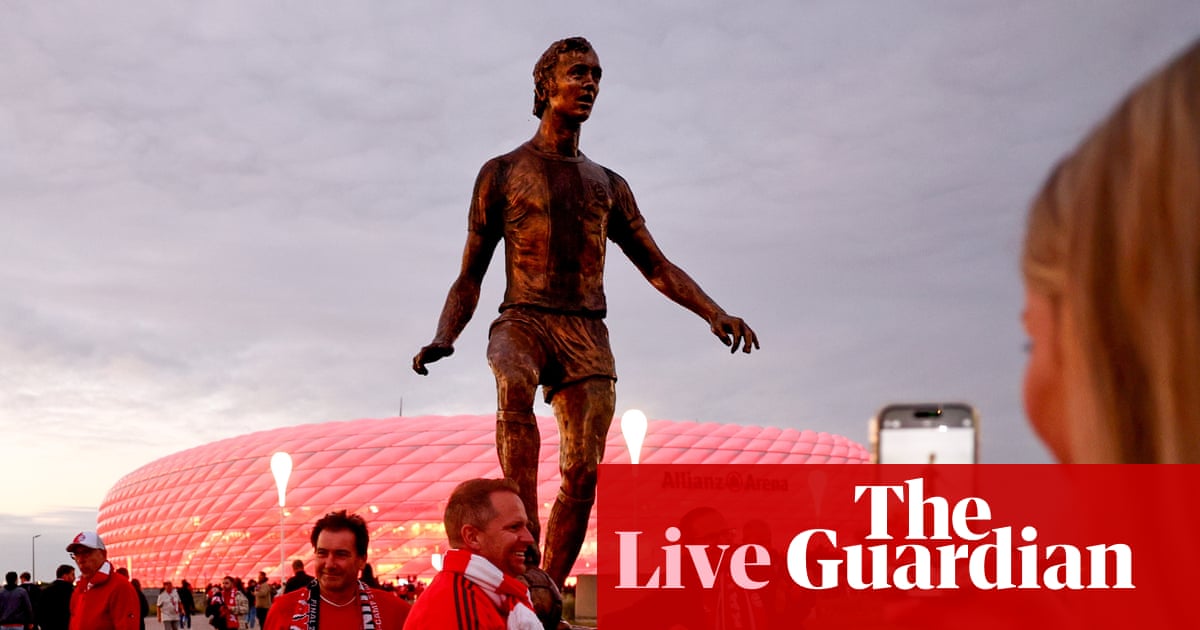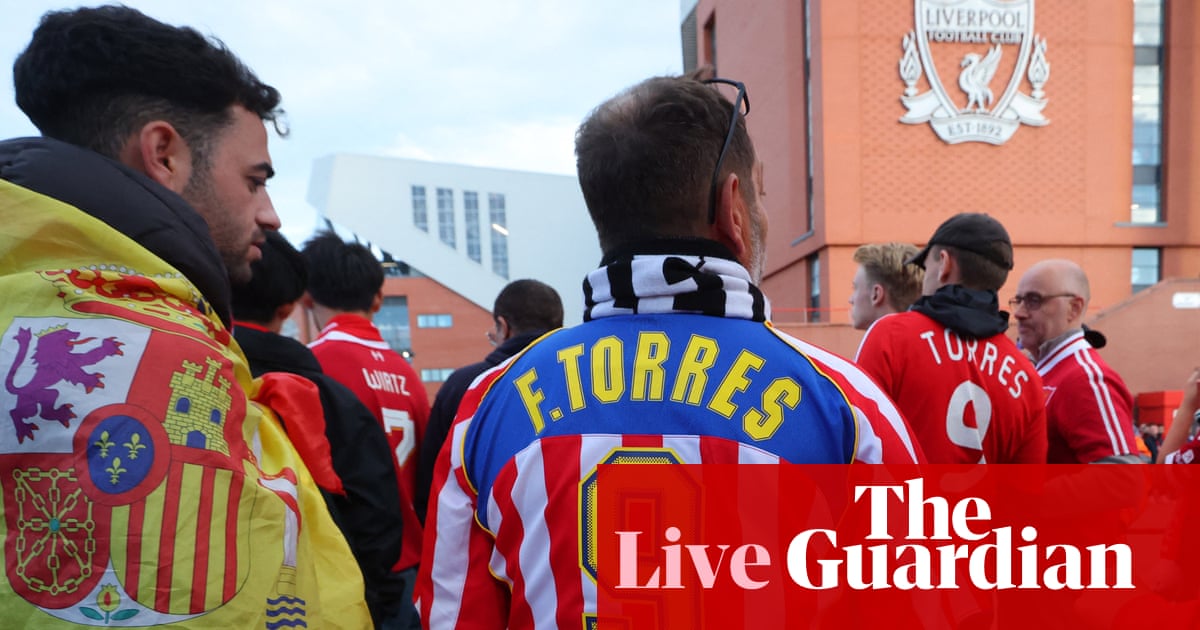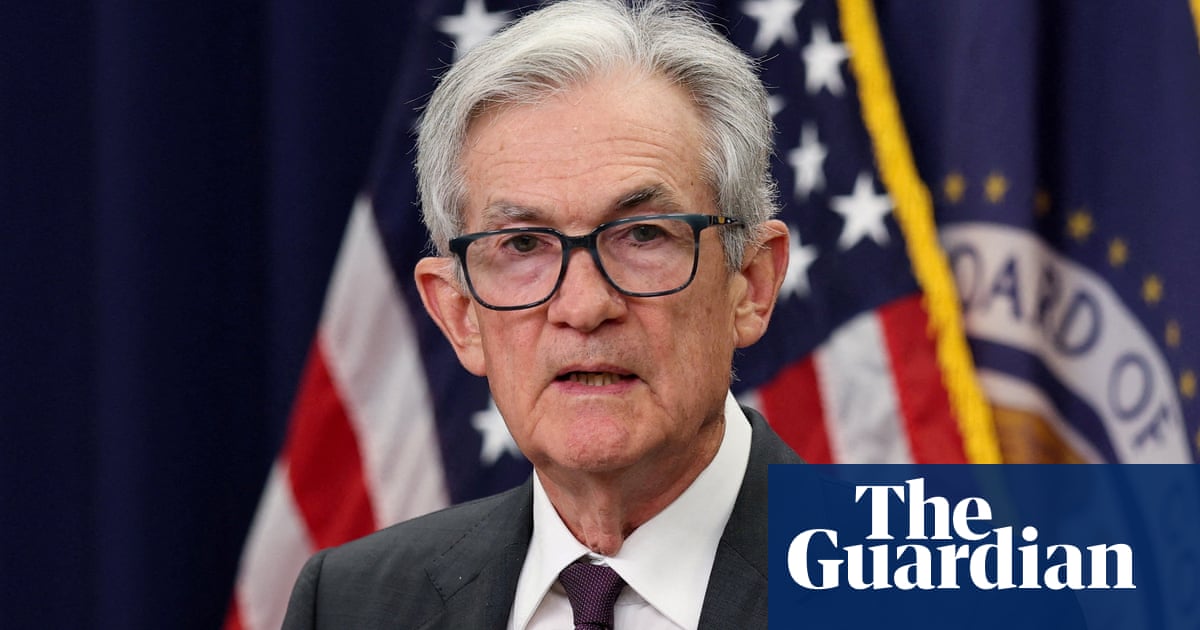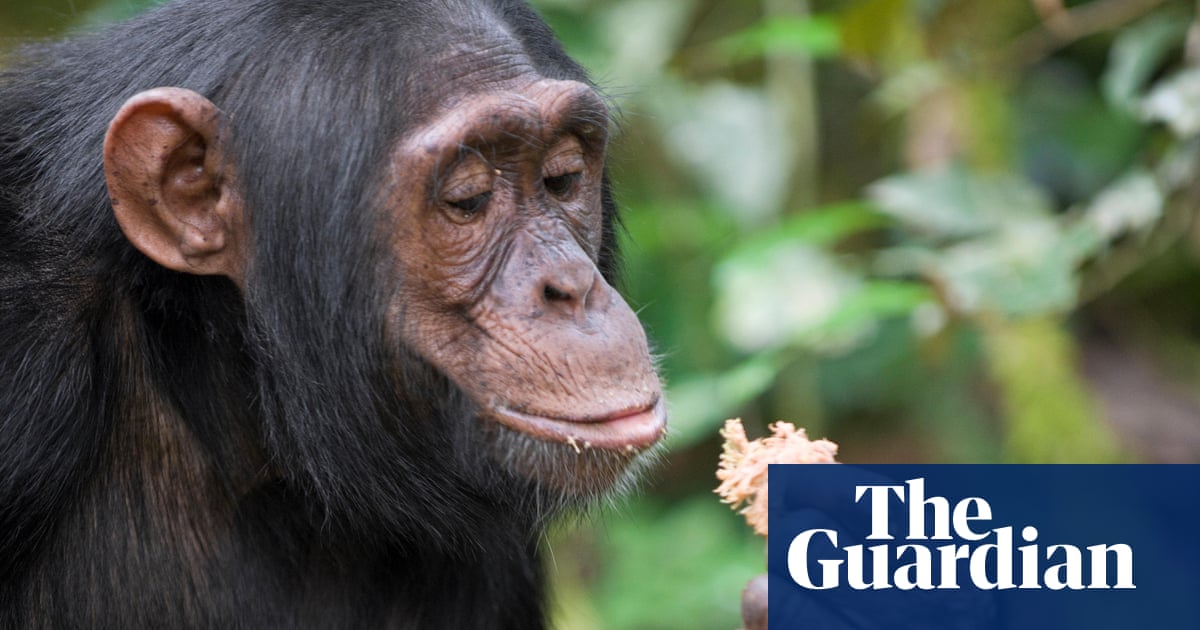Boxing is popular with young people in countries like the United Kingdom and Mexico. But it doesn’t resonate with young sports fans in the United States the way it once did.
Fans of a sport – particularly, team sports - develop lifelong allegiances at an early age and often pass it on to their children. There was a time when fathers and sons in America sat down in front of a television set together and watched Gillette Friday Night Fights or boxing on weekend afternoons. Now, if they sit down together at all, they watch football.
Boxing’s proponents point to statistics that show the average boxing fan in the United States is younger than the average fan of many other sports (including football and baseball). But they’re talking about fish in a much smaller pond. There are far fewer young boxing fans in America than there are young fans of any major sport. That means there are fewer young boxing fans who will grow up to be old ones, and pass down their passion to the next generation.
Boxing, perhaps more than any other sport, cherishes and relies on its history to build a following. Young people today care less about the history of sports than earlier generations did. Boxing fans in America talk more about fights from years ago than about fights today. The sport’s most recognizable figures are old – Mike Tyson, Don King, Michael Buffer and, until recently, George Foreman.
The nature of boxing also makes it difficult to build a young following. Children often become fans of a sport because they play it from an early age. They play baseball in the park, football in the street, and basketball in the schoolyard. Tennis and golf are more exclusive, but many children find a way to play them. Kids might get into an occasional fight. But virtually none of them box.
Added to this, boxing is largely inaccessible to young fans as an in-person spectator sport. Adolescents root for their school teams. Going to a high school football or basketball game accentuates the feeling that they’re part of a group. There are no high school boxing teams. Very few young people have the opportunity to actually go to a fight.
The powers that be in boxing have exacerbated these conditions by adopting an economic model that cuts off the sport’s flagship events and most popular fighters from potential fans. The NFL, NBA, and Major League Baseball prioritize reaching a large audience in their television and streaming deals. But there’s no easy access to big-time boxing in the United States today without paying for it. And young people don’t expect to pay – let alone, pay a lot - for online content.
Equally troubling, the multitude of world sanctioning bodies and “championship” belts of dubious provenance means that young people (and older fans too) don’t know who the real champions are.
And championships are important. Other sports culminate in the Super Bowl, World Series, NBA finals, Stanley Cup, Olympics, World Cup, US Open, NCAA tournaments, and other events that fire the imagination and produce legitimate champions.
Too many of today’s boxing “champions” have been maneuvered to their titles by the payment of sanctioning fees and mismatches against weak opponents. The Los Angeles Lakers couldn’t go to NBA commissioner Adam Silver this year and say, “We just lost to the Minnesota Timberwolves in the first round of the play-offs. But LeBron James is a big name and we’ll pay you X amount of money if you sanction us to play against the San Antonio Spurs in the NBA finals.”
Young people are particularly susceptible to suggestion. They can be coaxed into buying a lot of things through clever marketing. But they don’t buy sports that bore them. And too many of today’s fights – let’s be honest – are boring mismatches. College football fans tolerate Alabama v Louisiana-Monroe as the second game of the season because they know that, later in the year, the Crimson Tide will play Georgia, LSU, and Oklahoma. If 90% of college football games were on a par with Alabama v Louisiana-Monroe, college football would be far less popular than it is today.
An unfair decision at the end of a fight sours viewers and makes watching the event a less satisfactory experience than would otherwise be the case. Incompetent and, in some instances, corrupt judging alienates boxing fans of all ages.
Then there’s the difficulty of actually watching the fights. Today’s flagship bouts generally aren’t contested until close to midnight on the East Coast. Can you imagine an NFL game starting at midnight eastern time and costing $89.99 to watch? I didn’t think so.
The facts speak for themselves. HBO, Showtime, and the four major broadcast networks (ABC, CBS, NBC, and FOX) all played a significant role in boxing. Now they’ve all walked away from the sport.
Former Showtime Sports president Stephen Espinoza says that boxing has traditional strength in Black and Latino households (which skew younger than the overall sports audience) and that, in recent years, boxing has seen a rise in the young white demographic. But these inroads with a new generation, Espinoza notes, “seem to be a function of influencer boxing with Jake Paul leading the charge.”
An influencer like Paul standing out is unsurprising, and says a lot about boxing’s limited appeal. Young people understand who the great athletes are in other sports. Ask kids to name an active professional boxer today and they’re more likely to name Jake Paul than Terence Crawford.
That said; traditional promoters have reservations about fights involving Paul and his influencer brethren. Eddie Hearn jumpstarted social-media-influencer boxing in the United States in 2019 when he promoted Logan Paul v KSI on Dazn.
“I made money but I hated it,” Hearn says, looking back on that venture. “The build-up was great. The numbers were great. But the product wasn’t.”
Hearn also notes that college sports have a tiny audience in the UK but siphon off a huge amount of fan allegiance among young people in the United States, some of which would otherwise be devoted to boxing.
Meanwhile, Frank Warren points a finger at American promoters and maintains, “We have a great young audience for boxing in the UK. That’s because we promote fighters in their home areas. We build their fan base among their contemporaries in pubs and wherever else they might be, and it spreads from there. It’s called promotion. When you do four-wall deals [events where the promoter moves into a venue but leaves the promoting largely to others] the way they’re done in America, people stop promoting.”

Most pre-fight promotion for big fights in the United States is cookie-cutter and boring. There’s a formulaic kick-off press conference. Then the fighters disappear except for (maybe) a media workout and some tepid media releases from training camp. Fight week arrives. A “grand arrival” (which isn’t very grand) is followed by a formulaic final pre-press conference and phony weigh-in (the real weigh-in having been conducted hours earlier behind closed doors).
The best way to reach young people is through the internet. A handful of individual fighters have capitalized on social media. And promoters like Matchroom, Queensberry, and Top Rank maintain an active social media presence. But there have been no effective social media campaigns on behalf of boxing as a whole because no one is looking out for the overall good of the sport in the way that the central governing authorities in other sports do.
“There’s no cohesive strategy, no central organization coordinating the demographic information and outreach,” Espinoza says. “To do that, you’d need the major promoters to turn over their information to one entity, and that’s unlikely to happen.”
And just because boxing is moving to streaming doesn’t mean that it will reach the youth market. When PBC signed its deal with Amazon in late-2023, the reaction was, “This will be big!” But there hasn’t been much of a marketing push from Amazon, and PBC’s fights have attracted a disappointingly small audience.
But for all the sport’s flaws, walking into an arena on fight night and seeing a boxing ring illuminated beneath bright shining lights is akin to entering a magical kingdom. That’s what Reece Chapman, a 16-year-old from Helena, Montana, saw when he entered the Hulu Theater at Madison Square Garden on Saturday night for Matchroom’s fight card headlined by Richardson Hitchens v George Kambosos.
Montana isn’t known for boxing. The only fight of note to occur there took place more than a century ago (on 4 July 1923) when Jack Dempsey decisioned Tommy Gibbons in Shelby. The event was a financial disaster. Four local banks that backed the venture were forced into bankruptcy.
Only two professional fight cards were contested in Montana in 2024, two in 2023, one in 2022, and none so far this year. Fights in Montana are regulated by the neighboring Wyoming Combat Sports Commission.
Reece, then 13 years old, went to his first fight when Top Rank promoted an eight-bout card at the Hulu Theater on 30 October 2022. A word of disclosure here. I’m his great-uncle. I brought him. He was into the scene. (“It’s really cool; how fast the fighters’ hands are; how focused they are; the way they move around the ring”). And enthralled as the night wore on (“I’ve never seen anything like this … This is really really cool … Wow! Wow! Wow!”).
This past week, Reece was in New York and had a more immersive boxing experience. With the help of Anthony Leaver (Matchroom’s head of US media), he was credentialed to attend fight week activities for the Hitchens-Kambosos card and the fights themselves.
Reece watches Top Rank boxing on ESPN with his father. But Top Rank’s contract with the cable giant ends next month and won’t be renewed. There are a few active fighters who Reece knows of and likes. But not many. He can tell you who plays quarterback for his favorite college and pro football teams but came up short on naming Oleksandr Usyk as heavyweight champion of the world. His classmates in school are far more focused on MMA than boxing; in large part because of UFC’s social media outreach. Last year’s encounter between Mike Tyson and Jake Paul was the first boxing match that his contemporaries were excited about. Reece watched it on Netflix and thought it was “stupid” but that the Katie Taylor v Armanda Serrano co-feature was “great.”
On Thursday, Reece attended the final pre-fight press conference at Madison Square Garden and gave it a mixed review. He liked the glimpse it gave him of each fighter’s personality and particularly liked Australian heavyweight prospect Teremoana Samson Junior Leon Teremoana. Then Hitchens and Kambosos got into an ugly shoving match with the usual profanities. That struck Reece as (here’s that word again) “stupid”.
Reece also attended the Friday weigh-in and arrived at MSG on fight night with a sense of anticipation.
In terms of outcome, the fights went as expected. The fighters in the red corner were all (to use one of Hearn’s favorite words) “massive” underdogs. The favorite didn’t just win every fight. The favorite won every round.
Reece was captivated by David Diamante, who has become part of Matchroom’s branding and (no disrespect to Michael Buffer) is his favorite ring announcer. He also noted, “Being at the fights makes me understand how hard the fighters hit and how much skill is involved.”
The most impressive performances of the evening were turned in by Andy Cruz and Richardson Hitchens. But Teremoana, who fought in the fourth bout of the evening, was the fighter who most captured Reece’s attention.
Teremoana is a former Olympian, 6ft 6in, 265lb, articulate, friendly, and charismatic. Reece had sat in on an interview with him after the Friday weigh-in and asked several questions. At the end of the interview, they posed for a photo together. Now Teremoana was facing 9-and-0 Aleem Whitfield, who looked grossly out-of-shape but can punch a bit.
Matchroom had spent generously to build a giant video screen and runway to showcase the fighters’ ring entrances. The energy level in the arena picked up considerably when Teremoana danced his way to the ring, turning an often-banal ritual into a joyous celebratory occasion. He lit up the room. The crowd (which minutes earlier hadn’t known who he was) liked him.
When the bell for round one rang, Reece leaned forward with heightened anticipation. This wasn’t television, which cosmetizes the violence of a prizefight. He could see the emotions on each fighter’s face and hear punches as they landed.
“I’m nervous,” he said. “I feel like I’m watching a friend.”
Not to worry.
Teremoana kept Whitfield at bay with his jab and backed him into a corner. Then … WHACK!!!
The damage started with a Teremoana left hook that landed flush up top. The battering that followed was reminiscent of Gerry Cooney hammering a defenseless Ken Norton at Madison Square Garden four decades ago. Referee David Fields halted the carnage as a barely-conscious Whitfield slid to the canvas two minutes 28 seconds into the first round.
Teremoana has star quality. And he can punch. What happens when he has to walk through the proverbial fire in a fight? When someone takes him into deep water, will he be able to swim? And how is his chin? It will be worth watching him again to find out. When fans go to the fights, they hope to take away at least one “Wow!” moment. Teremoana was a “Wow!” moment.
What most attracts young sports fans? Stars.
Heavyweights with personality who can punch are a magnetic attraction. If Teremoana proves to be good enough in the ring, he’s the type of fighter boxing could build a young fan base around.

 3 months ago
92
3 months ago
92
